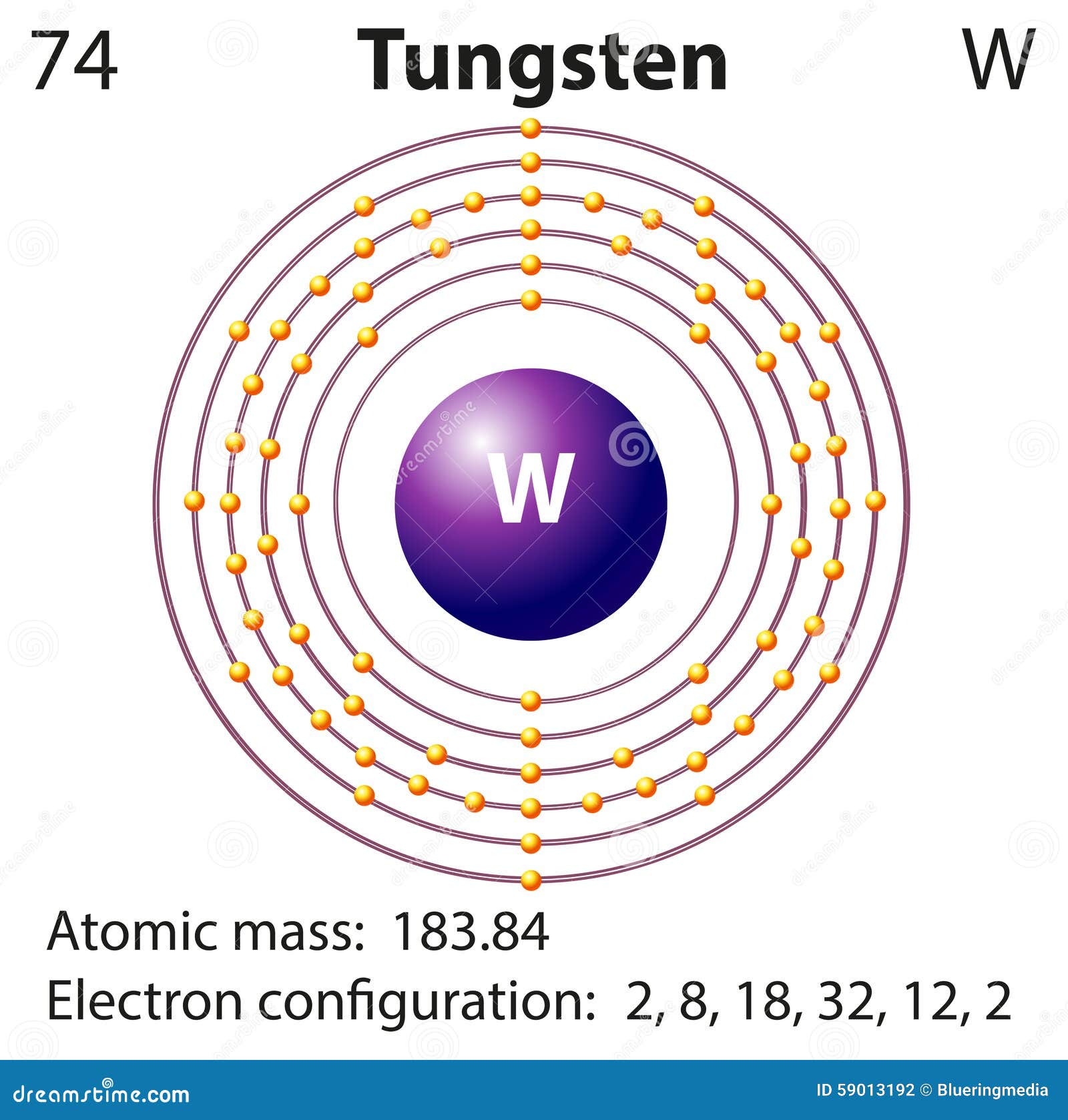Isotopes of Hydrogen: Natural Abundance Protium (hydrogen-1) has an atomic mass of 1.00782504, and is a stable isotope. It has one proton and no neutrons. Protium is also known as ordinary hydrogen. Atomic Weights and Isotopic Compositions for Hydrogen Isotope Relative Atomic Mass Isotopic Composition Standard Atomic Weight Notes: 1: H: 1: 1.007 825 032 23(9).
Molar Mass, Molecular Weight and Elemental Composition Calculator
Molar mass of H2O2 is 34.01468 ± 0.00074 g/mol Compound name is hydrogen peroxide Convert between H2O2 weight and moles
Elemental composition of H2O2
Sample reactions for H2O2
Formula in Hill system is H2O2 | |||||||||||||||||||||||||||||||||||
Computing molar mass (molar weight)To calculate molar mass of a chemical compound enter its formula and click 'Compute'. In chemical formula you may use:
Molar mass calculator also displays common compound name, Hill formula, elemental composition, mass percent composition, atomic percent compositions and allows to convert from weight to number of moles and vice versa. Computing molecular weight (molecular mass)To calculate molecular weight of a chemical compound enter it's formula, specify its isotope mass number after each element in square brackets.Examples of molecular weight computations: C[14]O[16]2, S[34]O[16]2. Definitions of molecular mass, molecular weight, molar mass and molar weight
Give us feedback about your experience with Molecular Weight Calculator. Related: Molecular weights of amino acids | |||||||||||||||||||||||||||||||||||
| molecular weights calculated today | |||||||||||||||||||||||||||||||||||
| Back to Online Chemical Tools Menu |
© 2021 webqc.org All rights reserved
| Periodic table |
| Unit converters |
| Chemistry tools |
| Chemical Forum |
| Chemistry FAQ |
| Constants |
| Symmetry |
| Chemistry links |
| Link to us |
| Contact us |
How to cite? |
WebQC.Org online education free homework help chemistry problems questions and answers |
Chemical properties of hydrogen - Health effects of hydrogen - Environmental effects of hydrogen

| ||||||||||||||||||||||||||
HydrogenFirst element in the periodic table. In normal conditions it’s a colourless, odourless and insipid gas, formed by diatomic molecules, H2. The hydrogen atom, symbol H, is formed by a nucleus with one unit of positive charge and one electron. Its atomic number is 1 and its atomic weight 1,00797 g/mol. It’s one of the main compounds of water and of all organic matter, and it’s widely spread not only in The Earth but also in the entire Universe. There are three hydrogen isotopes: protium, mass 1, found in more than 99,985% of the natural element; deuterium, mass 2, found in nature in 0.015% approximately, and tritium, mass 3, which appears in small quantities in nature, but can be artificially produced by various nuclear reactions. Uses: The most important use of hydrogen is the ammonia synthesis. The use of hydrogen is extending quickly in fuel refinement, like the breaking down by hydrogen (hydrocracking), and in sulphur elimination. Huge quantities of hydrogen are consumed in the catalytic hydrogenation of unsaturated vegetable oils to obtain solid fat. Hydrogenation is used in the manufacture of organic chemical products. Huge quantities of hydrogen are used as rocket fuels, in combination with oxygen or fluor, and as a rocket propellent propelled by nuclear energy. Properties: Common hydrogen has a molecular weight of 2,01594 g. As a gas it has a density of 0.071 g/l at 0ºC and 1 atm. Its relative density, compared with that of the air, is 0.0695. Hydrogen is the most flammable of all the known substances. Hydrogen is slightly more soluble in organic solvents than in water. Many metals absorb hydrogen. Hydrogen absorption by steel can result in brittle steel, which leads to fails in the chemical process equipment. At normal temperature hydrogen is a not very reactive substance, unless it has been activated somehow; for instance, by an appropriate catalyser. At high temperatures it’s highly reactive. Although in general it’s diatomic, molecular hydrogen dissociates into free atoms at high temperatures. Atomic hydrogen is a powerful reductive agent, even at ambient temperature. It reacts with the oxides and chlorides of many metals, like silver, copper, lead, bismuth and mercury, to produce free metals. It reduces some salts to their metallic state, like nitrates, nitrites and sodium and potassium cyanide. It reacts with a number of elements, metals and non-metals, to produce hydrides, like NAH, KH, H2S and PH3. Atomic hydrogen produces hydrogen peroxide, H2O2, with oxygen. Atomic hydrogen reacts with organic compounds to form a complex mixture of products; with etilene, C2H4, for instance, the products are ethane, C2H6, and butane, C4H10. The heat released when the hydrogen atoms recombine to form the hydrogen molecules is used to obtain high temperatures in atomic hydrogen welding. Hydrogen reacts with oxygen to form water and this reaction is extraordinarily slow at ambient temperature; but if it’s accelerated by a catalyser, like platinum, or an electric spark, it’s made with explosive violence.
|
More from 'Elements'
Atomic Mass Of Hydrogen 2
Lenntech (European Head Office)
Distributieweg 3
2645 EG Delfgauw
The Netherlands
Phone: +31 152 610 900
fax: +31 152 616 289
e-mail: info@lenntech.com

Lenntech USA LLC (Americas)
5975 Sunset Drive
South Miami, FL 33143
USA
Phone: +1 877 453 8095
e-mail: info@lenntech.com
Calculate Atomic Mass Of Hydrogen
Lenntech DMCC (Middle East)
Level 5 - OFFICE #8-One JLT Tower
Jumeirah Lake Towers
Dubai - U.A.E.
Phone: +971 4 429 5853
e-mail: info@lenntech.com
Atomic Mass Of Hydrogen In Grams
Copyright © 1998-2021 Lenntech B.V. All rights reserved
